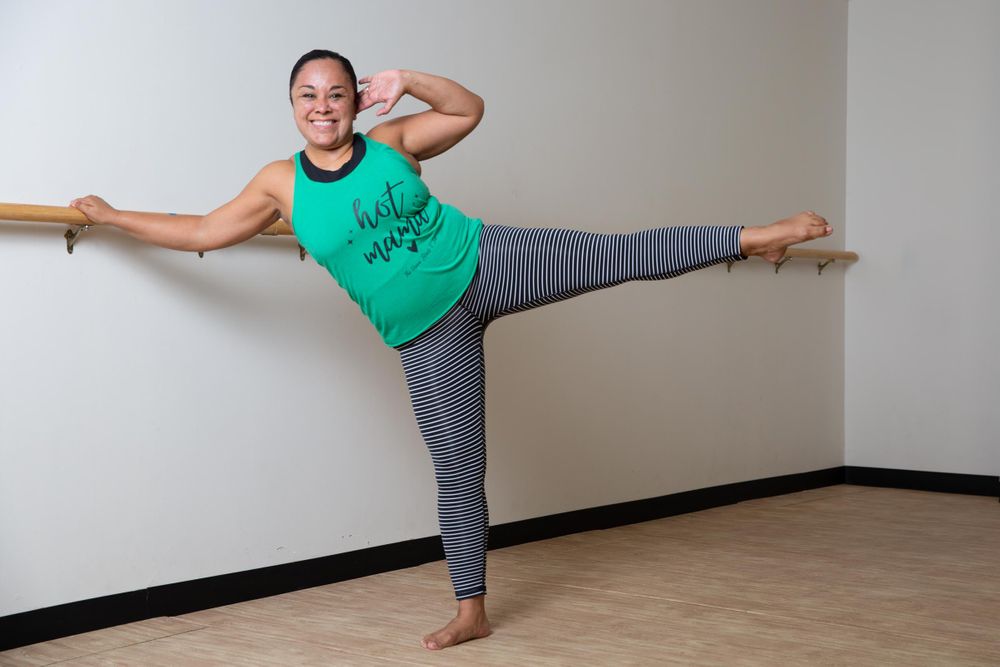Choosing the right attire for your yoga practice is essential for comfort, performance, and avoiding distractions.
While many people opt for loose and comfortable clothing, specific considerations must be made to ensure that an outfit suits the demands of yoga.
Yoga Attire
Choosing the right attire for your yoga practice is essential for comfort, performance, and avoiding distractions.
While the fundamentals of yoga clothing involve comfort, support, and breathability, additional factors must be considered for a more tailored and enjoyable experience.
The most important thing is to choose clothing that allows you to move freely and focus on your yoga practice.
You can select yoga attire that enhances your comfort, performance, and overall well-being by carefully considering these factors.
Sports Bra
Importance: A well-fitting sports bra is crucial for support and comfort during yoga, especially for activities involving inverted poses or jumping.
Key features: Look for a sports bra with moisture-wicking properties, abrasion resistance, and adequate breast size and activity-level support.
Types: Consider low to medium-impact sports bras for most yoga practices.
Sports Top
Fit: Opt for fitted tops that stay in place and provide coverage during various poses. Avoid loose tops that may interfere with your movements.
Fabric: Choose breathable and moisture-absorbing fabrics to keep you cool and comfortable.
Style: Consider tank tops, fitted t-shirts, or racerback styles.
Yoga Pants
Fit: Yoga pants should be snug and stretchy to allow for a full range of motion. Avoid loose pants that may trip you up or restrict movement.
Length: Choose pants that are appropriate for your preference and the style of yoga you practice. Consider capri-length or full-length options.
Fabric: Opt for breathable and moisture-wicking fabrics to keep you comfortable and dry.
Layering
Benefits: Wearing layers can help regulate your body temperature and prevent chills during the final relaxation phase of your yoga session.
Options: Consider lightweight, breathable layers that are easy to remove or add as needed.
Fabrics
Importance: The type of fabric plays a crucial role in comfort and performance. Choose fabrics that are breathable, moisture-wicking, and allow for easy movement.
Avoid: Avoid fabrics that are too thick, restrictive, or retain moisture.
Undergarments:
Breathability: Opt for breathable underwear that won't cause discomfort or chafing.
Moisture-wicking: Choose moisture-wicking materials to stay dry and comfortable.
Footwear:
Barefoot or socks: Most yoga practices are barefoot, allowing for better grip and connection with the mat. However, if you prefer wearing socks, opt for non-slip options designed for yoga.
Additional Considerations
Consider the climate: Dress appropriately for the weather conditions. In colder environments, you may need to wear additional layers.
Avoid distractions: Choose comfortable clothing that doesn't cause distractions during your practice.
Experiment: Try different styles and fabrics to find what works best for you.
Following these guidelines, you can select yoga attire that enhances your comfort, performance, and overall experience.
Remember, choosing clothing that allows you to move freely and focus on your practice is the most important thing.

